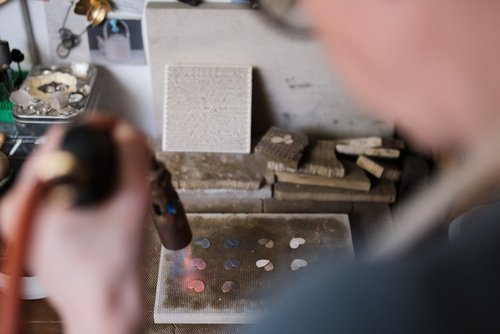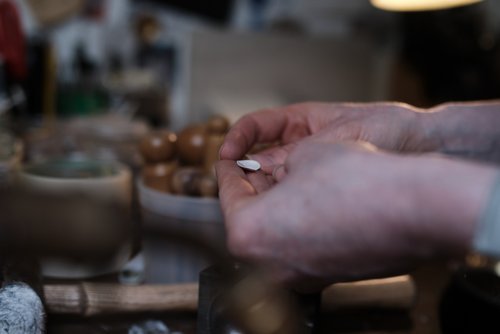Energy
The energy used to head studios, run machinery, digital devices and services in the day-to-day running of any jewellery or silversmithing studio is significant. Things like the choice of gas to fuel brazing or bench torches and the vehicles we travel in to attend events and selling fairs all contribute to energy use in your practice. Below are a range of ideas to consider in relation to energy in your practice, which are often cost-saving exercises in addition to being kind to the environment.



